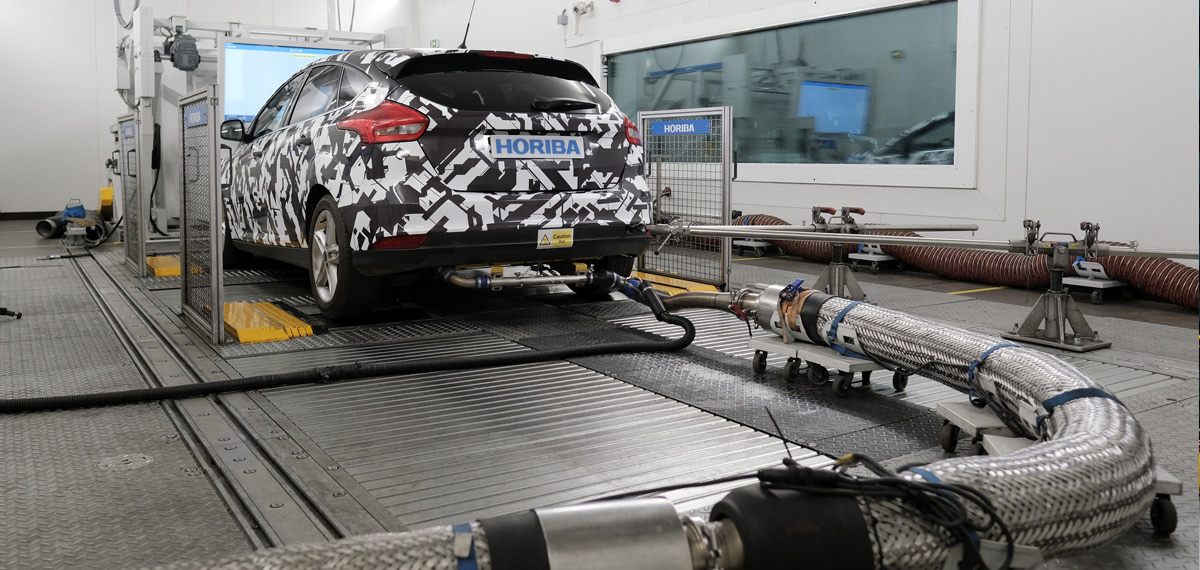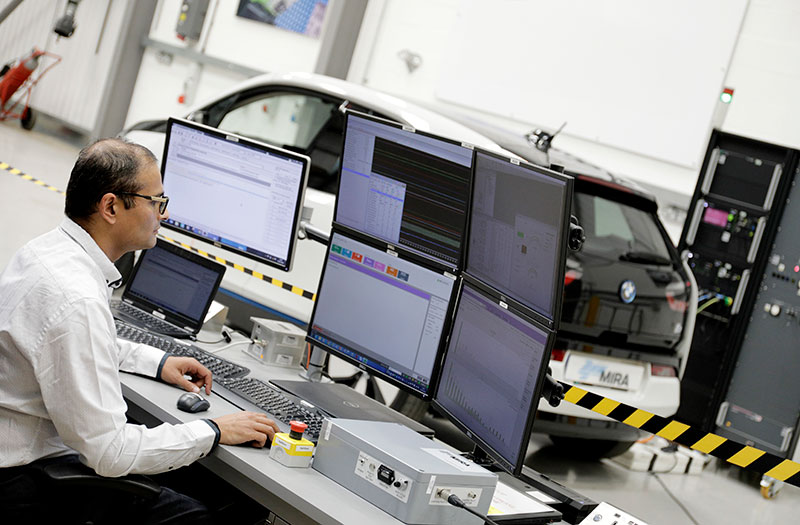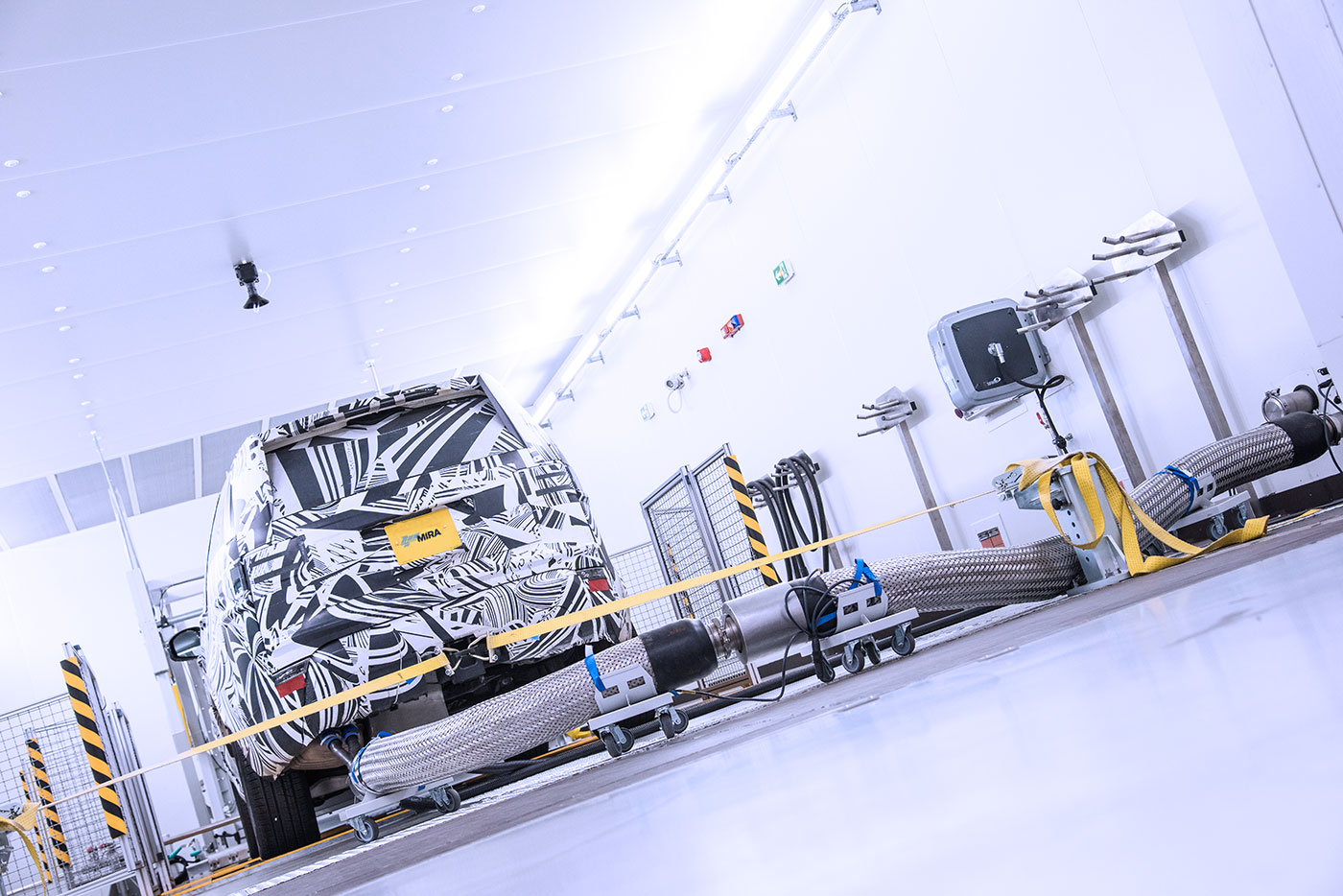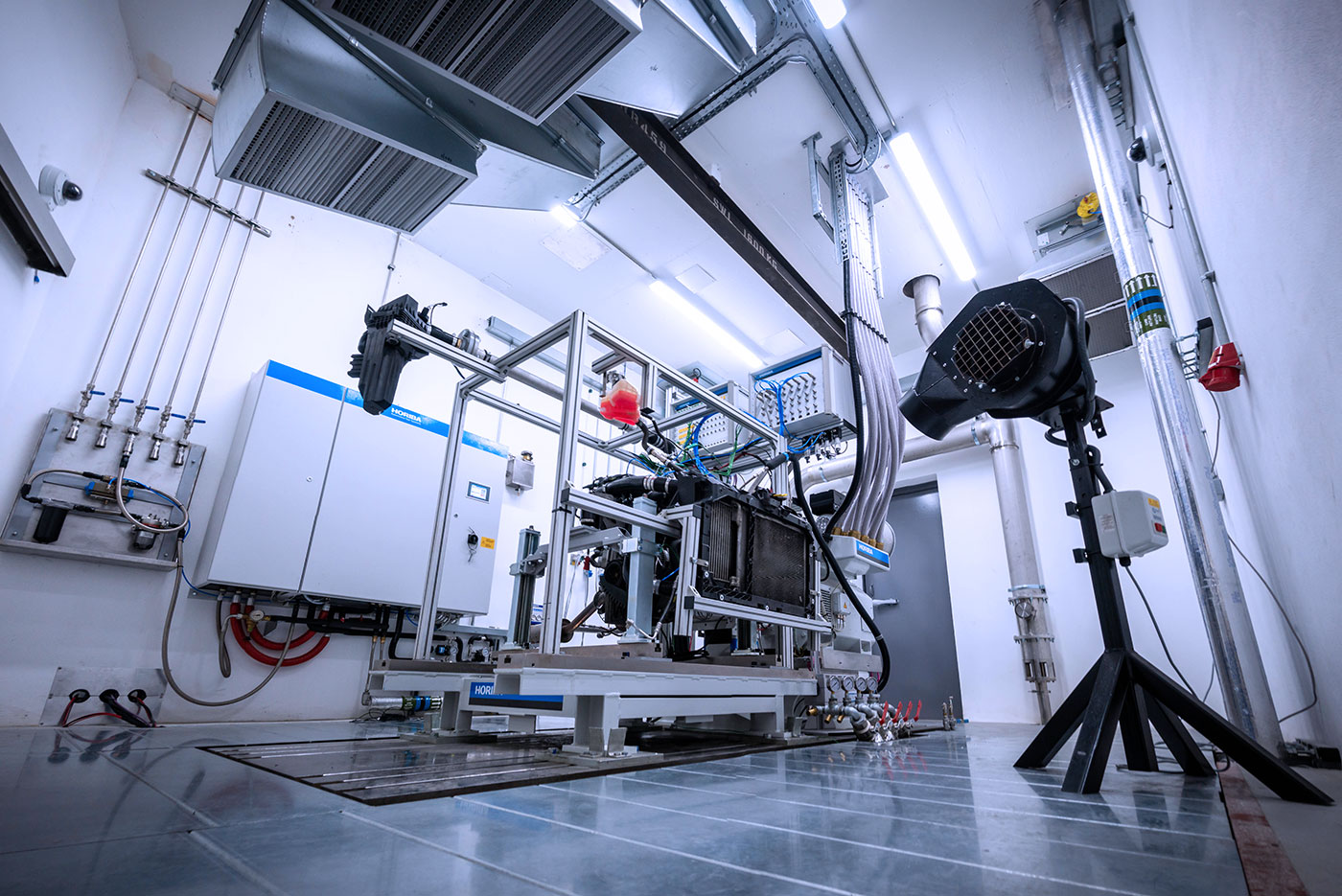Engine and Emissions Testing
Emissions testing is a critical aspect of vehicle engineering and testing to ensure that vehicles comply with environmental regulations and emission standards.
These emissions tests are crucial for ensuring that vehicles meet emissions standards, reduce air pollution, and contribute to improved air quality and environmental sustainability. They also help manufacturers develop and improve emissions control technologies.

The main types of emissions tests carried out when engineering and testing vehicles include:
Tailpipe Emissions Testing
- Regulated Emissions Testing: Measures the levels of regulated pollutants emitted from the vehicle’s tailpipe, including carbon monoxide (CO), nitrogen oxides (NOx), hydrocarbons (HC), and particulate matter (PM). These tests are essential for compliance with emission standards set by regulatory authorities like the Environmental Protection Agency (EPA) in the United States and the Euro standards in Europe.
Evaporative Emissions Testing
- Evaporative Emission Control System (EVAP) Testing: Evaluates the vehicle’s ability to prevent the release of fuel vapor into the atmosphere. This includes tests for fuel tank integrity, vapor recovery systems, and the effectiveness of gas caps and seals.
On-Board Diagnostics (OBD) Testing
- OBD System Testing: Ensures that a vehicle’s onboard diagnostic system is functioning correctly and effectively detecting and reporting emissions-related faults and malfunctions.
Durability Emissions Testing
- Durability and Long-Term Testing: Assesses how emissions performance evolves over time, typically conducted over an extended period or mileage accumulation to ensure compliance with emissions standards throughout a vehicle’s life.
Cold Start Emissions Testing
- Cold Start Emissions Testing: Evaluates emissions during the vehicle’s cold start phase, where emissions tend to be higher due to a richer fuel mixture. This test assesses the effectiveness of emissions control systems when the engine is cold.
Real-Driving Emissions (RDE) Testing
- Real-World Emissions Testing: Measures emissions under real-world driving conditions, including on-road testing to better reflect a vehicle’s actual emissions performance in everyday use.
Non-Road Mobile Machinery (NRMM) Emissions Testing
- Off-Road Emissions Testing: Applies to non-road vehicles and equipment like construction machinery, agricultural tractors, and industrial equipment to assess emissions compliance in these sectors.
Remote Sensing Emissions Testing
- Remote Sensing Testing: Involves using remote sensors to measure emissions from in-use vehicles on the road. It provides data on emissions from a broad range of vehicles under real-world conditions.
Cold Weather Emissions Testing
- Cold Weather Testing: Assesses how emissions control systems perform in cold weather conditions, ensuring compliance with emissions standards in varying climates.
Hot Weather Emissions Testing
- Hot Weather Testing: Evaluates emissions performance in high-temperature conditions, particularly to ensure that emissions control systems are effective when the engine is operating at elevated temperatures.
Altitude Emissions Testing
- High Altitude Emissions Testing: Measures emissions at high altitudes, where lower oxygen levels can affect combustion and emissions performance.
Particulate Matter (PM) Testing
- Particulate Matter Emissions Testing: Focuses specifically on measuring and controlling particulate matter emissions, which are a concern for diesel engines and vehicles equipped with diesel particulate filters (DPF).
Speak to an Expert
If you would like to discuss your testing requirements with one of our experts, please send us a message and we will contact you as soon as possible.


